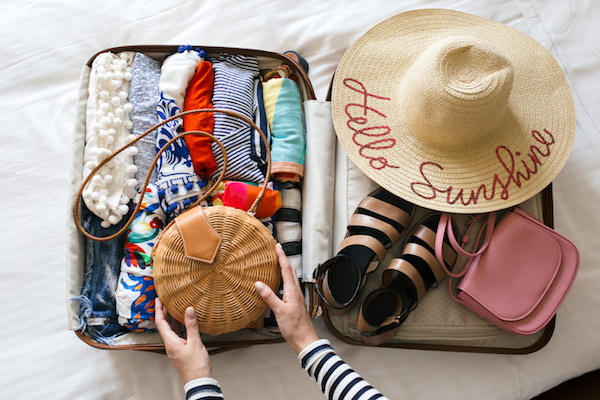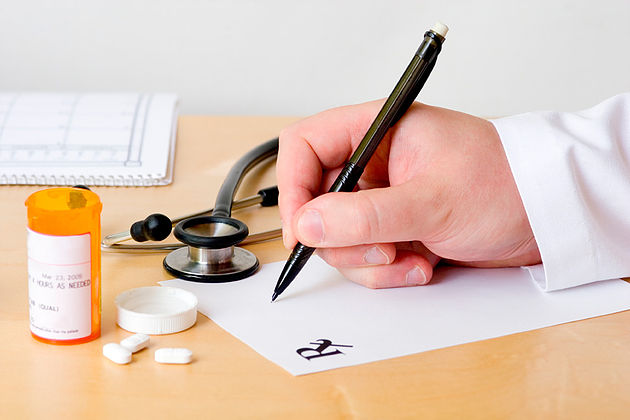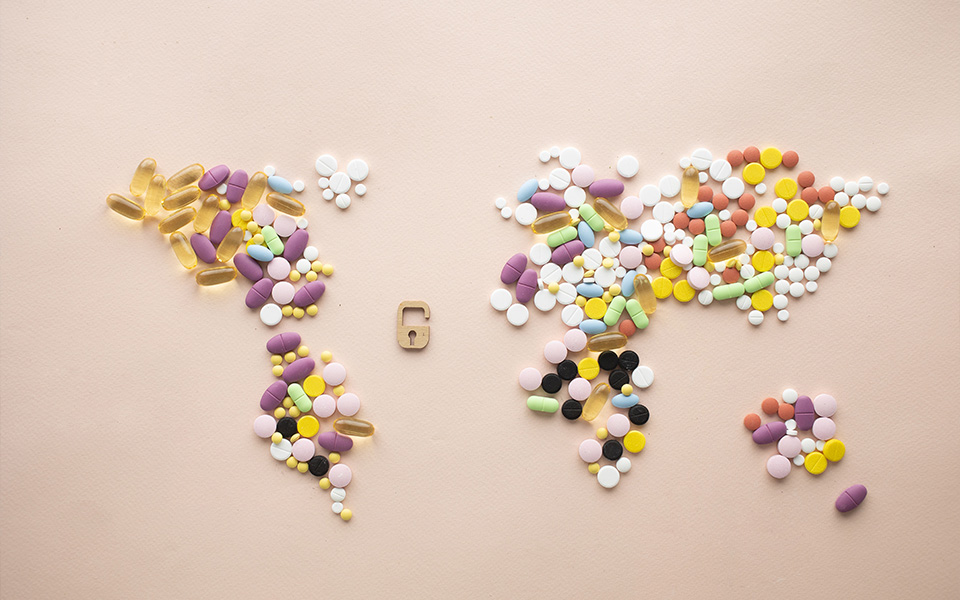If you’re planning an airplane trip and are concerned about the effect of restrictions on carry-on items, rest assured that you’ll be able to bring what you need with you on the plane. Consult with Southgate Medical Centre to sort out your individual travel needs when travelling with medication.

Restrictions on liquids, gels and other items do not apply to passengers carrying necessary medication or medical supplies — as long as you follow some basic rules:
- Before travelling with medication, it’s essential to verify its legality in your destination country. Medicines that are easily accessible over the counter or by prescription in Australia might be illegal or regulated in other nations. When planning to travel with medication, consult the travel advisories and contact the embassy, high commission, or consulate of the country you’re visiting to ensure your medicine is permitted there. This is important even if you’re relocating permanently and plan to take your medication with you.
Be careful if you need to travel with:
– Medicines containing codeine
– Strong painkillers prescribed from a pain specialist or hospital
– Controlled drugs – ask your doctor or pharmacist - Place the bottles or containers of medications in a one-quart, zip-top plastic bag, and place near the top of your carry-on baggage. If your medicines or medical devices don’t fit in a one-quart bag, keep them in a place in your carry-on luggage that will be easily accessible when you go through security. Be sure to take enough to last your entire trip, plus some extra in case of a delay or unexpected circumstances. This is because it can be hard to find replacement medicines overseas.
- You are allowed to take prescription and non-prescription medicine onboard domestic flights. However, if you are connecting to an international flight or your domestic flight is departing from an international terminal, limits apply.

Quantity restrictions for international & domestic flights:
- Liquid, aerosol or gel items must be in containers of 100 millilitres (volume), 100 grams (weight) or less.
- Containers must fit into one transparent and re-sealable plastic bag like a snap-lock sandwich bag.
- The four sides of the bag’s sealed area must add up to no more than 80 centimetres (e.g. 20×20 cm or 15×25 cm).
- Only one bag is allowed per passenger, with exceptions for carers who may carry the bag/s for people in their care, including children.
- Containers larger than 100 millilitres or 100 grams, even if only partially-filled, will not be allowed through the security screening point. For example, a 200 gram toothpaste tube that is half-full will not be permitted.
- At the screening point all liquids, aerosols and gels in your carry-on baggage must be separately presented for screening.
- Baby products, prescription and non-prescription medicines (including special dietary products), and medical items required during a flight are exempt.

Tips for Flying with Prescription Drugs
- For prescribed travel medication, always carry your prescription sheets with your identification and air tickets to keep them handy. Make sure your prescription sheet states the generic name of the drug to avoid confusion with trade names in foreign countries. If you have medical devices, discuss with your doctor whether it is safe to pass them through an X-ray machine at the checkpoint.
- Make sure all prescriptions are in their original containers and that your name is clearly marked on the outside of each container. If you’ve switched them to a different container, consult with your pharmacist about obtaining bottles with your name placed on them.
- Declare your medications when you get to the security checkpoint, so the officers will be aware of your special circumstances. Inform the security officer that you need a visual inspection of your medicines, if they cannot go through an X-ray machine. Officers may ask you to go through a special inspection line where they may ask that you unpack and repack your own medication, to avoid the possibility of contamination.
Extra Tips for Carrying Travel Medication
- While travelling keep your medications cool and dry. Hot or damp conditions may cause them to deteriorate. Extreme heat also impacts the medicine’s effectiveness. Learn how to safely store medication and check if it requires refrigeration. Use insulated wallets or containers during transit (ask your pharmacist for recommendations) and make arrangements at your destination for safe storage.
- Carry a supply of medications in your hand luggage. Illness can strike at any time and luggage can go astray. If you are travelling with someone else split the medication to minimize loss or theft. Don’t pack medication in checked luggage or send it by post to your destination since it may get lost.
- Create a personal checklist of your medications. Note the prescribing doctor, the dosage and how often you take them. This list can help you pack and ensure you don’t forget anything.
Read more on the essentials of travel medication here and for more information. Check out our other posts on general advice when travelling with medication and travel vaccination advice.
To find out more about travel medication and organising your individualised travel medical kit, book a consultation with one of our expert Southbank Doctors or call 03 9690 1433 and contact Southgate Medical Centre today.

